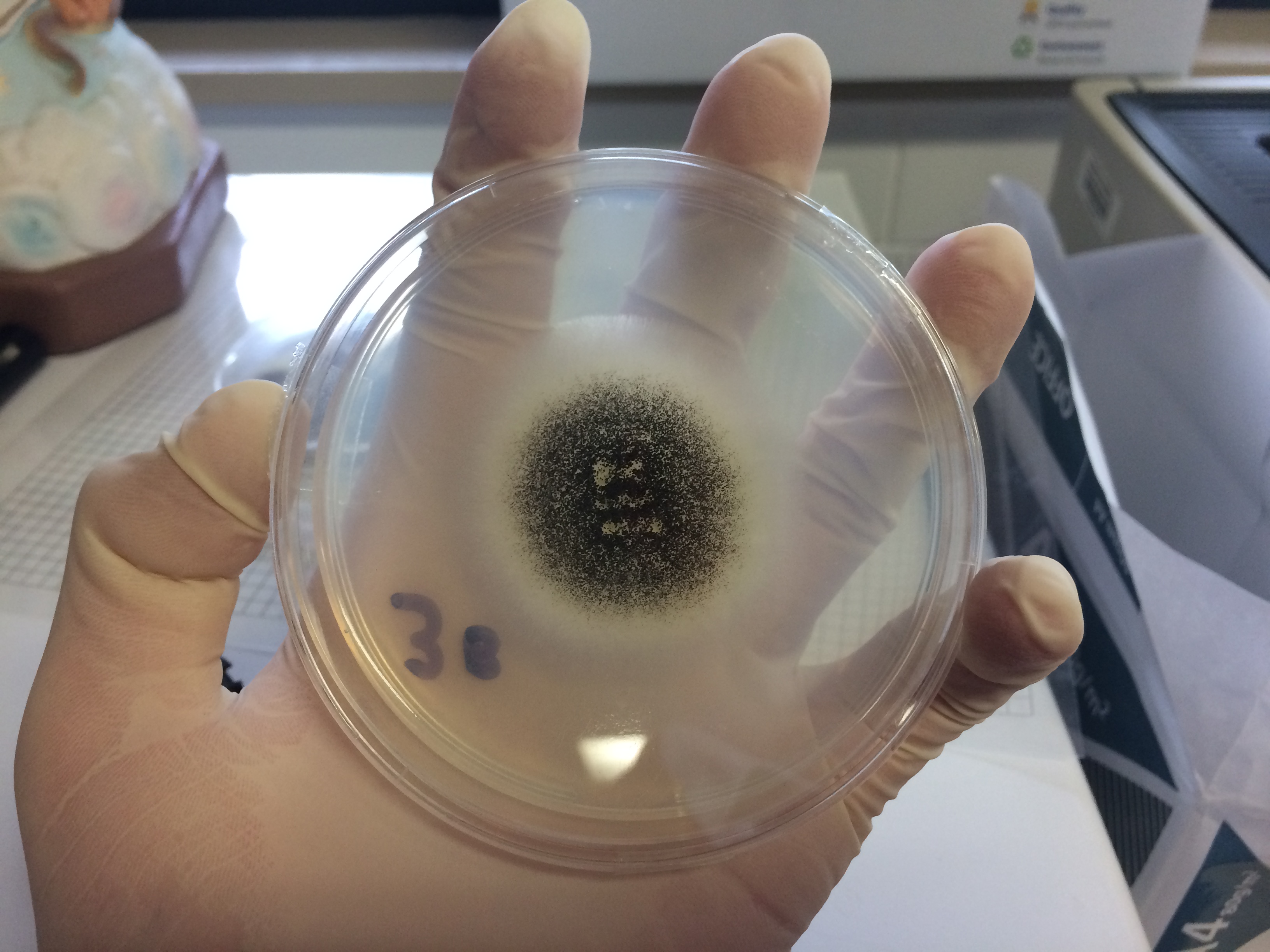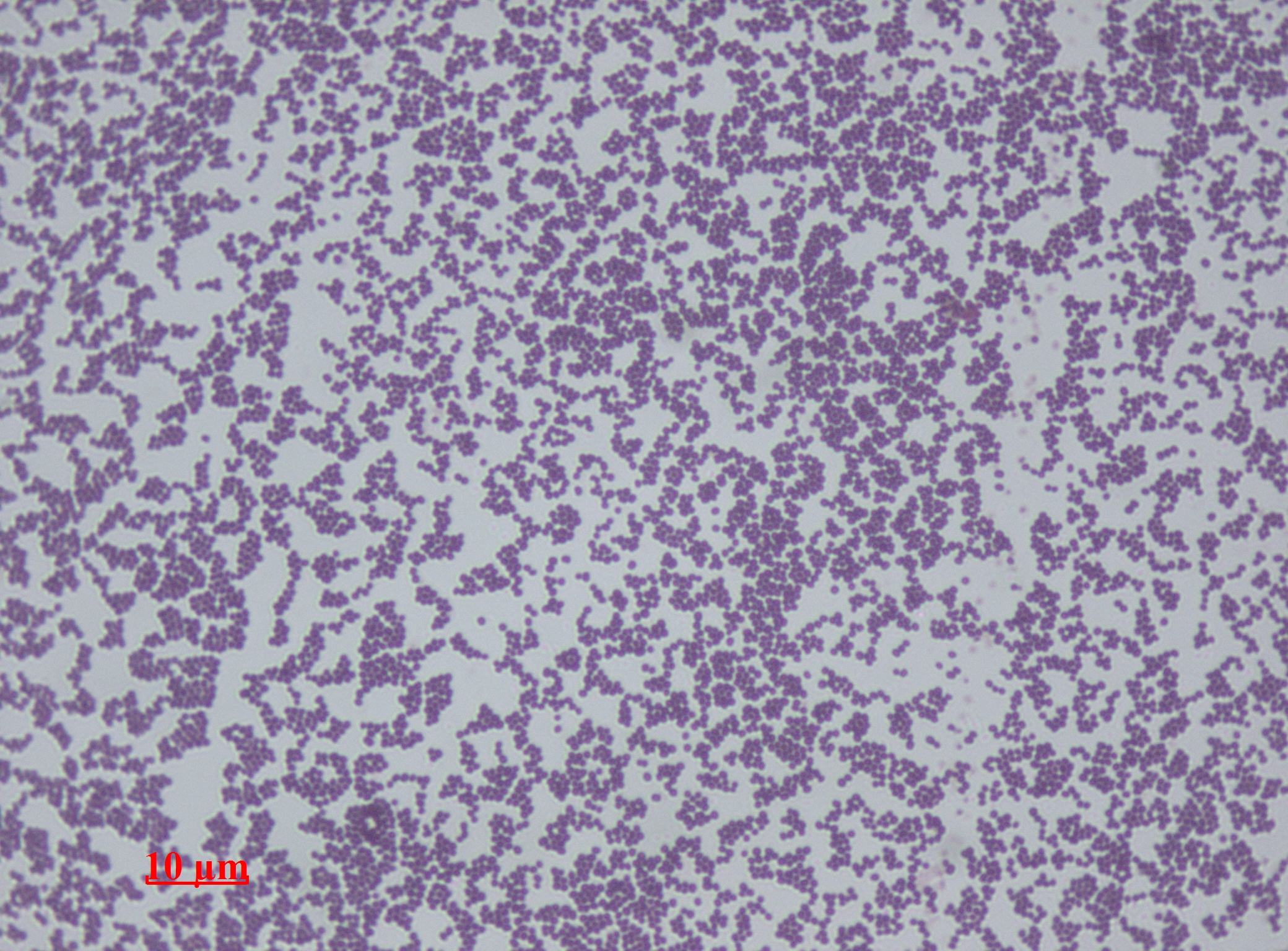|
HEPA
HEPA (, high efficiency particulate air) filter, also known as a high efficiency particulate arresting filter, is an efficiency standard of air filters. Filters meeting the HEPA standard must satisfy certain levels of efficiency. Common standards require that a HEPA air filter must remove—from the air that passes through—at least 99.95% (ISO, European Standard) or 99.97% (ASME, U.S. DOE) of particles whose diameter is equal to 0.3 μm, with the filtration efficiency increasing for particle diameters both less than and greater than 0.3 μm. HEPA filters capture pollen, dirt, dust, moisture, bacteria (0.2–2.0 μm), viruses (0.02–0.3 μm), and submicron liquid aerosol (0.02–0.5 μm). Some microorganisms, for example, ''Aspergillus niger'', '' Penicillium citrinum'', ''Staphylococcus epidermidis'', and ''Bacillus subtilis'' are captured by HEPA filters with photocatalytic oxidation (PCO). A HEPA filter is also able to capture some viruses and ba ... [...More Info...] [...Related Items...] OR: [Wikipedia] [Google] [Baidu] |
Air Filter
A particulate air filter is a device composed of fibrous, or porous materials which removes particulates such as smoke, dust, pollen, mold, viruses and bacteria from the air. Filters containing an adsorbent or catalyst such as charcoal (carbon) may also remove odors and gaseous pollutants such as volatile organic compounds or ozone. Air filters are used in applications where air quality is important, notably in building ventilation systems and in engines. Some buildings, as well as aircraft and other human-made environments (e.g., satellites, and Space Shuttles) use foam, pleated paper, or spun fiberglass filter elements. Another method, air ionizers, use fibers or elements with a static electric charge, which attract dust particles. The air intakes of internal combustion engines and air compressors tend to use either paper, foam, or cotton filters. Oil bath filters have fallen out of favour aside from niche uses. The technology of air intake filters of gas turbines has impr ... [...More Info...] [...Related Items...] OR: [Wikipedia] [Google] [Baidu] |
Contamination Control
Contamination control is the generic term for all activities aiming to control the existence, growth and proliferation of contamination in certain areas. Contamination control may refer to the atmosphere as well as to surfaces, to particulate matter as well as to microbes and to contamination prevention as well as to decontamination. Function The aim of all contamination control activities is to permanently ensure a sufficient level of cleanliness in controlled environments. This is accomplished by maintaining, reducing, or eradicating viable and non-viable contamination for either sanitary purposes or in order to maintain an efficient rate of production. Usage One of the most common environments that incorporates contamination control into its standards protocol is the cleanroom. There are many preventive procedures in place within a cleanroom environment. They include subjecting cleanroom staff to strict clothing regulations, and there is often a gowning room where the st ... [...More Info...] [...Related Items...] OR: [Wikipedia] [Google] [Baidu] |
Dust
Dust is made of particle size, fine particles of solid matter. On Earth, it generally consists of particles in the atmosphere that come from various sources such as soil lifted by wind (an aeolian processes, aeolian process), Types of volcanic eruptions, volcanic eruptions, and pollution. Dust in homes is composed of about 20–50% dead skin Cell (biology), cells. The rest, and in offices and other built environments, is composed of small amounts of plant pollen, human hairs, animal fur, textile fibers, paper fibers, minerals from outdoor soil, burnt meteorite particles, and many other materials which may be found in the local environment. Atmospheric Atmospheric or wind-borne fugitive dust, also known as ''aeolian dust'', comes from dry regions where high-speed winds can remove mostly silt-sized material, abrading susceptible surfaces. This includes areas where grazing, ploughing, vehicle use, and other human behaviors have further destabilized the land, though not all so ... [...More Info...] [...Related Items...] OR: [Wikipedia] [Google] [Baidu] |
Bacillus Subtilis
''Bacillus subtilis'' (), known also as the hay bacillus or grass bacillus, is a gram-positive, catalase-positive bacterium, found in soil and the gastrointestinal tract of ruminants, humans and marine sponges. As a member of the genus ''Bacillus'', ''B. subtilis'' is rod-shaped, and can form a tough, protective endospore, allowing it to tolerate extreme environmental conditions. ''B. subtilis'' has historically been classified as an obligate aerobe, though evidence exists that it is a facultative anaerobe. ''B. subtilis'' is considered the best studied Gram-positive bacterium and a model organism to study bacterial chromosome replication and cell differentiation. It is one of the bacterial champions in secreted enzyme production and used on an industrial scale by biotechnology companies. Description ''Bacillus subtilis'' is a Gram-positive bacterium, rod-shaped and catalase-positive. It was originally named ''Vibrio subtilis'' by Christian Gottfried Ehrenberg, an ... [...More Info...] [...Related Items...] OR: [Wikipedia] [Google] [Baidu] |
Aspergillus Niger
''Aspergillus niger'' is a mold classified within the ''Nigri'' section of the ''Aspergillus'' genus. The ''Aspergillus'' genus consists of common molds found throughout the environment within soil and water, on vegetation, in fecal matter, on decomposing matter, and suspended in the air. Species within this genus often grow quickly and can sporulate within a few days of germination. A combination of characteristics unique to ''A. niger'' makes the microbe invaluable to the production of many acids, proteins and bioactive compounds. Characteristics including extensive metabolic diversity, high production yield, secretion capability, and the ability to conduct post-translational modifications are responsible for ''A. niger's'' robust production of secondary metabolites. ''A. niger's'' capability to withstand extremely acidic conditions makes it especially important to the industrial production of citric acid. ''A. niger'' causes a disease known as "black mold" on certain fruits and ... [...More Info...] [...Related Items...] OR: [Wikipedia] [Google] [Baidu] |
Penicillium Citrinum
''Penicillium citrinum'' is an anamorph, mesophilic fungus species of the genus of ''Penicillium'' which produces tanzawaic acid A-D, ACC, Mevastatin, Quinocitrinine A, Quinocitrinine B, and nephrotoxic citrinin. ''Penicillium citrinum'' is often found on moldy citrus fruits and occasionally it occurs in tropical spices and cereals. This Penicillium species also causes mortality for the mosquito Culex quinquefasciatus. Because of its mesophilic character, ''Penicillium citrinum'' occurs worldwide. The first statin (''Mevastatin'') was 1970 isolated from this species. Further reading * * * * * * * * * Fatal Penicillium citrinum Pneumonia with Pericarditis in a Patient with Acute Leukemia* * * See also *List of Penicillium species This is a list of ''Penicillium'' species. The genus has over 300 species. Species A * '' Penicillium abidjanum'' * '' Penicillium adametzii'' * '' Penicillium adametzioides'' * '' Penicillium aeris'' * '' Penicillium aethio ... [...More Info...] [...Related Items...] OR: [Wikipedia] [Google] [Baidu] |
Staphylococcus Epidermidis
''Staphylococcus epidermidis'' is a Gram-positive bacterium, and one of over 40 species belonging to the genus ''Staphylococcus''. It is part of the human flora, normal human microbiota, typically the skin flora, skin microbiota, and less commonly the mucosal microbiota and also found in marine sponges. It is a facultative anaerobic bacteria. Although ''S. epidermidis'' is not usually Pathogenic bacteria, pathogenic, patients with compromised immune systems are at risk of developing infection. These infections are generally Hospital-acquired infection, hospital-acquired. ''S. epidermidis'' is a particular concern for people with catheters or other surgical implants because it is known to form biofilms that grow on these devices. Being part of the normal skin microbiota, ''S. epidermidis'' is a frequent contaminant of specimens sent to the diagnostic laboratory. Some strains of ''S. epidermidis'' are highly salt tolerant and commonly found in marine environments. S.I. Paul et al ... [...More Info...] [...Related Items...] OR: [Wikipedia] [Google] [Baidu] |
Clostridia
The Clostridia are a highly polyphyletic class of Bacillota, including '' Clostridium'' and other similar genera. They are distinguished from the Bacilli by lacking aerobic respiration. They are obligate anaerobes and oxygen is toxic to them. Species of the class Clostridia are often but not always Gram-positive (see '' Halanaerobium'') and have the ability to form spores. Studies show they are not a monophyletic group, and their relationships are not entirely certain. Currently, most are placed in a single order called Clostridiales, but this is not a natural group and is likely to be redefined in the future. Most species of the genus ''Clostridium'' are saprophytic organisms that ferment plant polysaccharides and are found in many places in the environment, most notably the soil. However, the genus does contain some human pathogens (outlined below). The toxins produced by certain members of the genus ''Clostridium'' are among the most dangerous known. Examples are tetan ... [...More Info...] [...Related Items...] OR: [Wikipedia] [Google] [Baidu] |
Photocatalysis
In chemistry, photocatalysis is the acceleration of a photoreaction in the presence of a photocatalyst, the excited state of which "repeatedly interacts with the reaction partners forming reaction intermediates and regenerates itself after each cycle of such interactions." In many cases, the catalyst is a solid that upon irradiation with UV- or visible light generates electron–hole pairs that generate free radicals. Photocatalysts belong to three main groups; heterogeneous, homogeneous, and plasmonic antenna-reactor catalysts. The use of each catalysts depends on the preferred application and required catalysis reaction. History Early mentions (1911–1938) The earliest mention came in 1911, when German chemist Dr. Alexander Eibner integrated the concept in his research of the illumination of zinc oxide (ZnO) on the bleaching of the dark blue pigment, Prussian blue. Around this time, Bruner and Kozak published an article discussing the deterioration of oxalic acid in ... [...More Info...] [...Related Items...] OR: [Wikipedia] [Google] [Baidu] |
Bacteroidia
Bacteroidales is an order (biology), order of bacteria. Notably it includes the genera ''Prevotella'' and ''Bacteroides'' , which are commonly found in the Human gastrointestinal microbiota, human gut microbiota. Phylogeny The currently accepted taxonomy is based on the List of Prokaryotic names with Standing in Nomenclature and National Center for Biotechnology Information (NCBI). Notes References Bacteroidia Bacteria orders {{bacteroidetes-stub ... [...More Info...] [...Related Items...] OR: [Wikipedia] [Google] [Baidu] |




